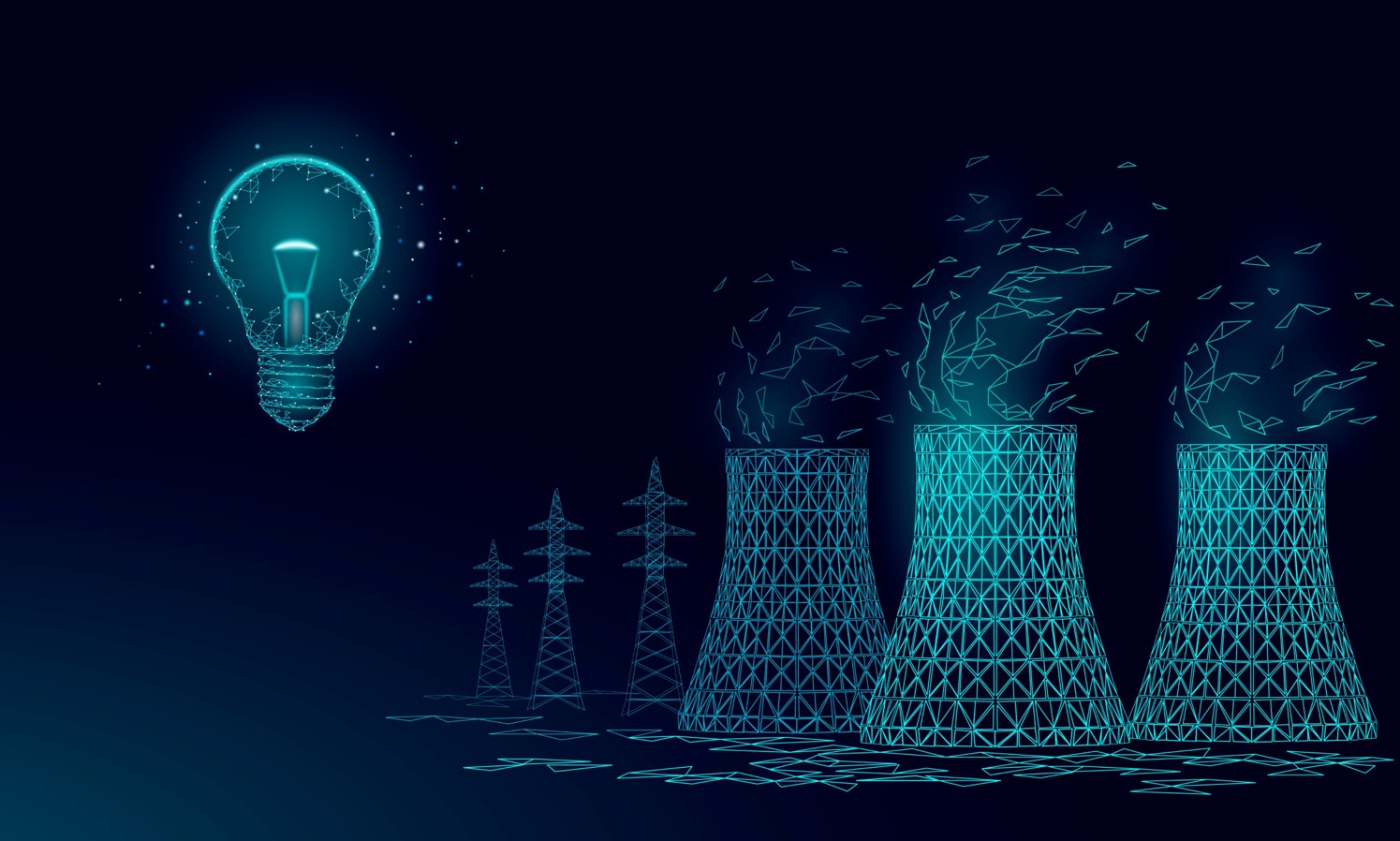
Nuclear energy has been a part of the energy mix for several decades, and there is a renewed interest in nuclear energy due to the need for reliable, clean, and affordable energy sources. The United States and Europe are currently pursuing the development of several nuclear reactors, both large traditional reactors and smaller, more modern reactors.
Large Traditional Nuclear Reactors
Currently, the United States has four large traditional nuclear reactors under construction. These include two units at the Vogtle Nuclear Power Plant in Georgia and two units at the VC Summer Nuclear Station in South Carolina. Each of these units is expected to have a capacity of around 1,100 MW, which is enough to power around one million homes. However, these reactors have faced significant delays and cost overruns, and their completion has been pushed back to the mid-2020s.
In Europe, there are two large traditional nuclear reactors under construction, both in the United Kingdom. These include Hinkley Point C and Sizewell C, each with a capacity of 3,200 MW. Hinkley Point C is expected to be completed in 2026, while Sizewell C is still in the planning phase.
The construction of large traditional nuclear reactors is a complex and time-consuming process. It can take around 5-10 years to build a nuclear reactor, and the costs can be substantial, with estimates ranging from $5 billion to $20 billion per reactor.
Elisabeth Rizzotti, COO at London-based nuclear technology company Newcleo, explained,
“The nuclear sector has evolved substantially over the past few years, with the next generation of startups transforming the way the industry works. Much like space exploration, the industry is moving away from being limited to research and what is received from government funding, to embracing an entrepreneurial spirit and showing an increased dynamism that is attracting significant amounts of private investment.”
Small modular reactors (SMRs) are a more modern type of nuclear reactor that are smaller in size and capacity than traditional reactors. These reactors can have a capacity ranging from a few megawatts to around 300 MW, making them suitable for a range of applications, from powering small towns to supplying energy to remote areas.
In the United States, there are currently several SMRs under development. The most advanced of these is the NuScale Power SMR, which has received approval from the Nuclear Regulatory Commission (NRC) and is expected to be deployed in the mid-2020s. Each NuScale SMR has a capacity of 60 MW, and a plant can contain up to 12 units, giving it a total capacity of 720 MW.
In Europe, there are also several SMRs under development. The United Kingdom is currently leading the way in SMR development, with several projects underway, including the Rolls-Royce SMR and the Westinghouse SMR. These reactors have capacities ranging from 220 MW to 440 MW and are expected to be deployed in the 2030s.
SMRs are generally quicker and cheaper to build than traditional nuclear reactors. They can be manufactured in a factory and transported to their deployment site, reducing construction time and costs. Estimates for the cost of SMRs range from $2 billion to $6 billion per reactor, depending on the size and complexity of the reactor.
